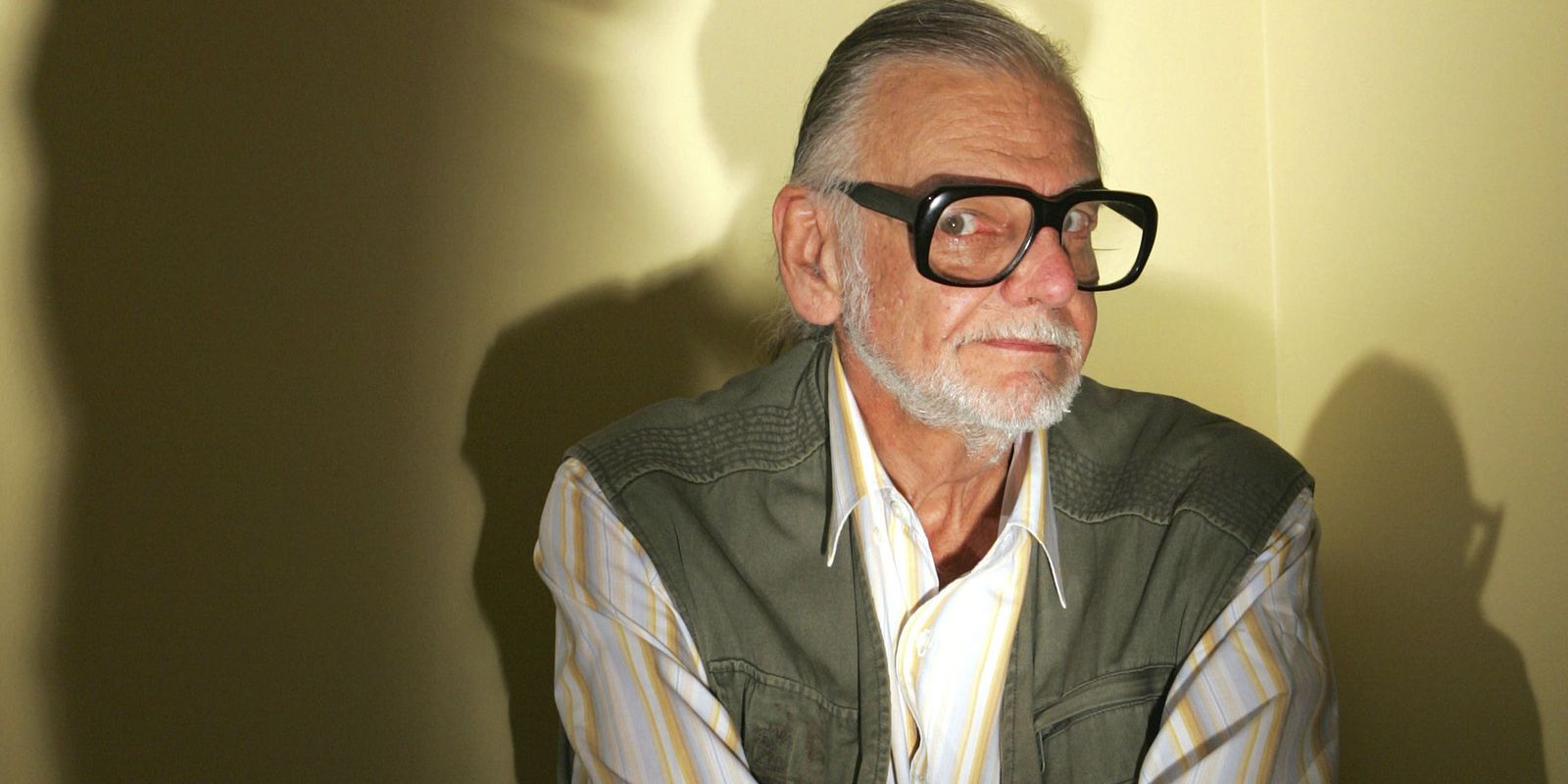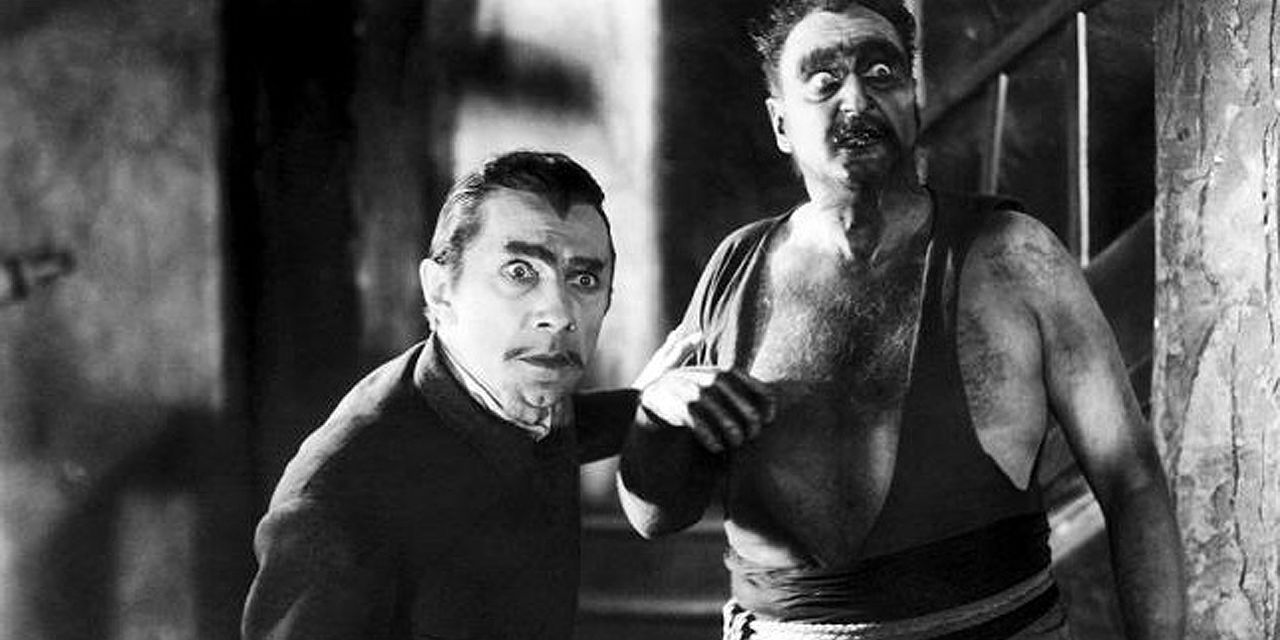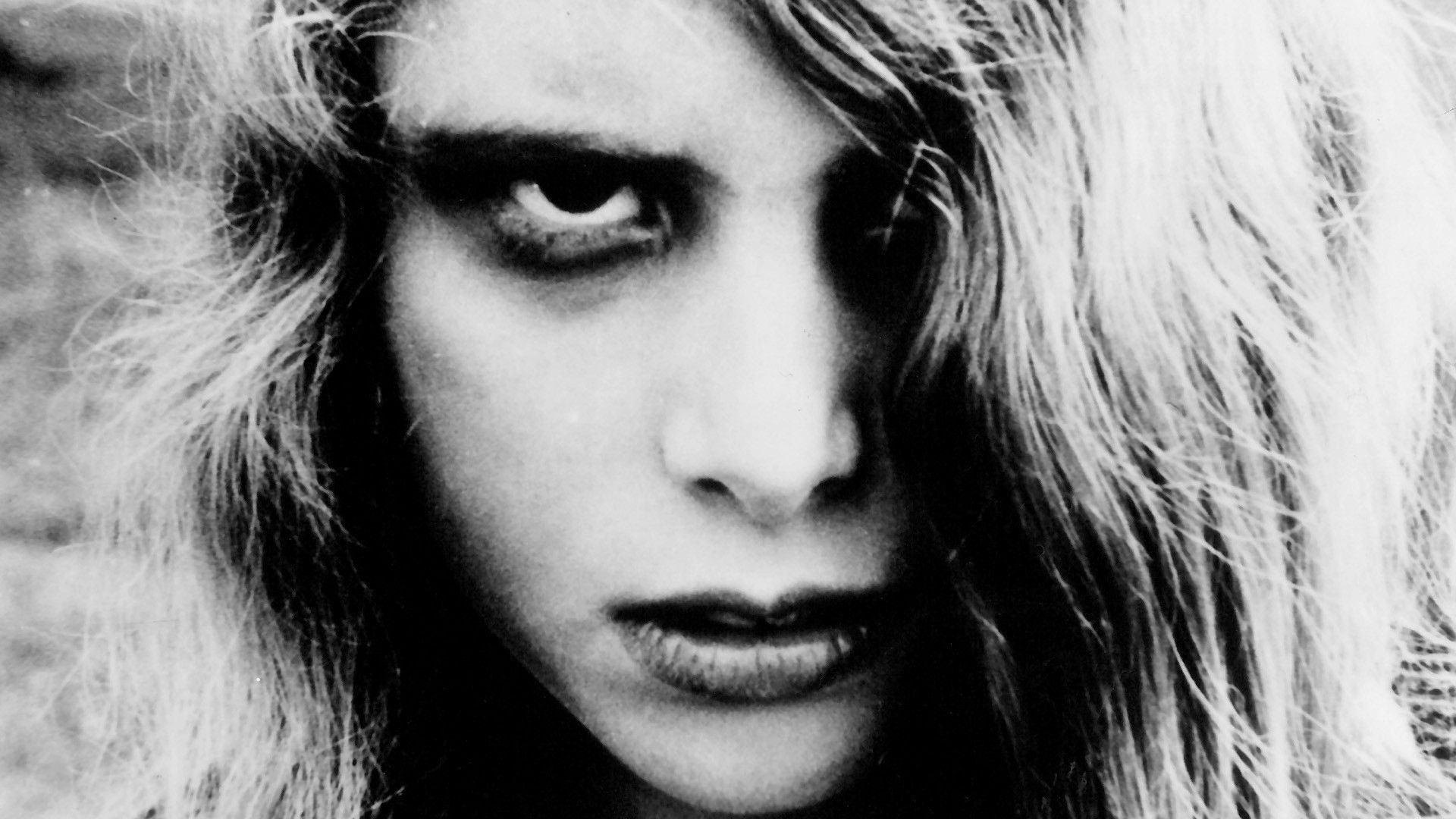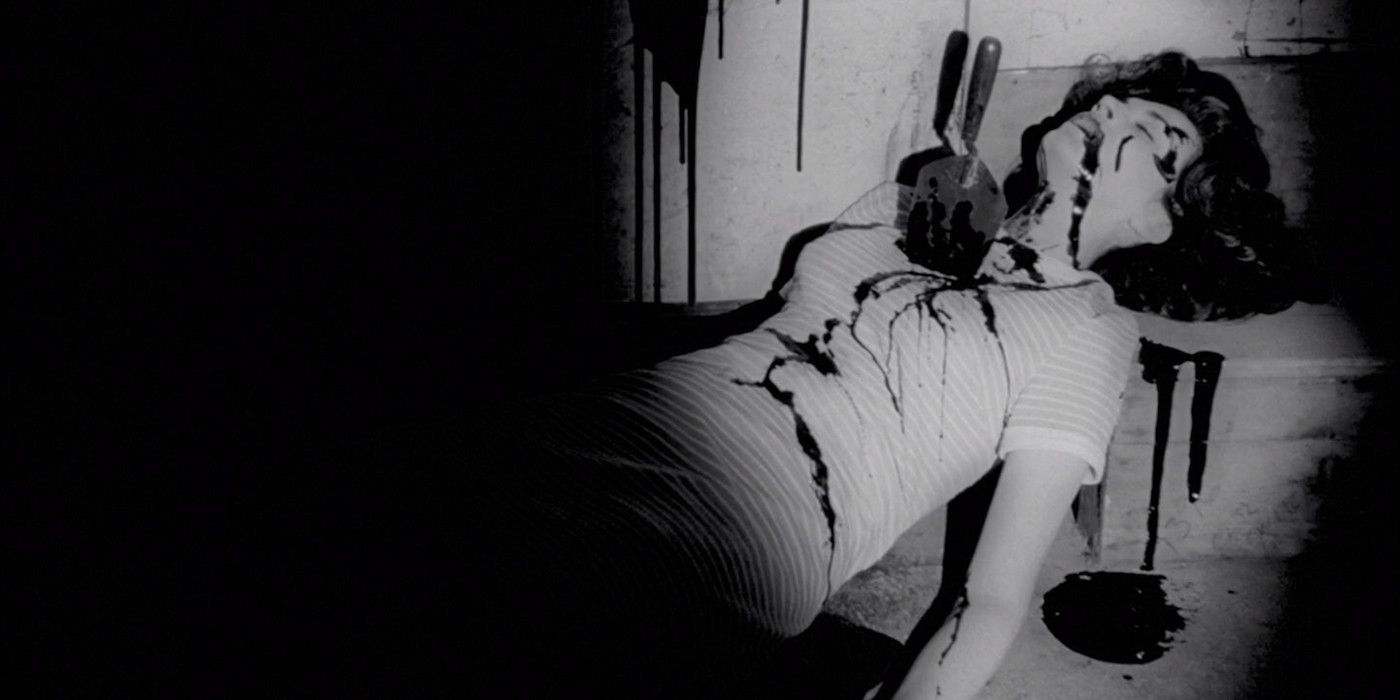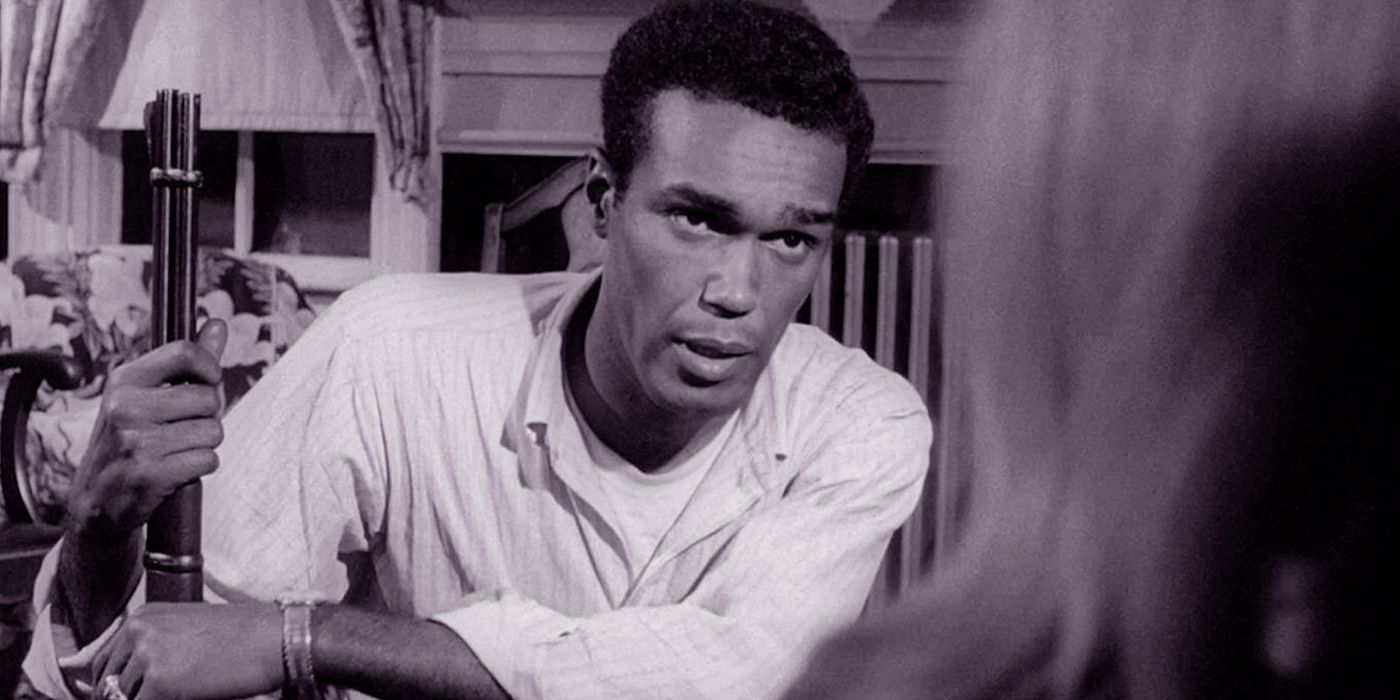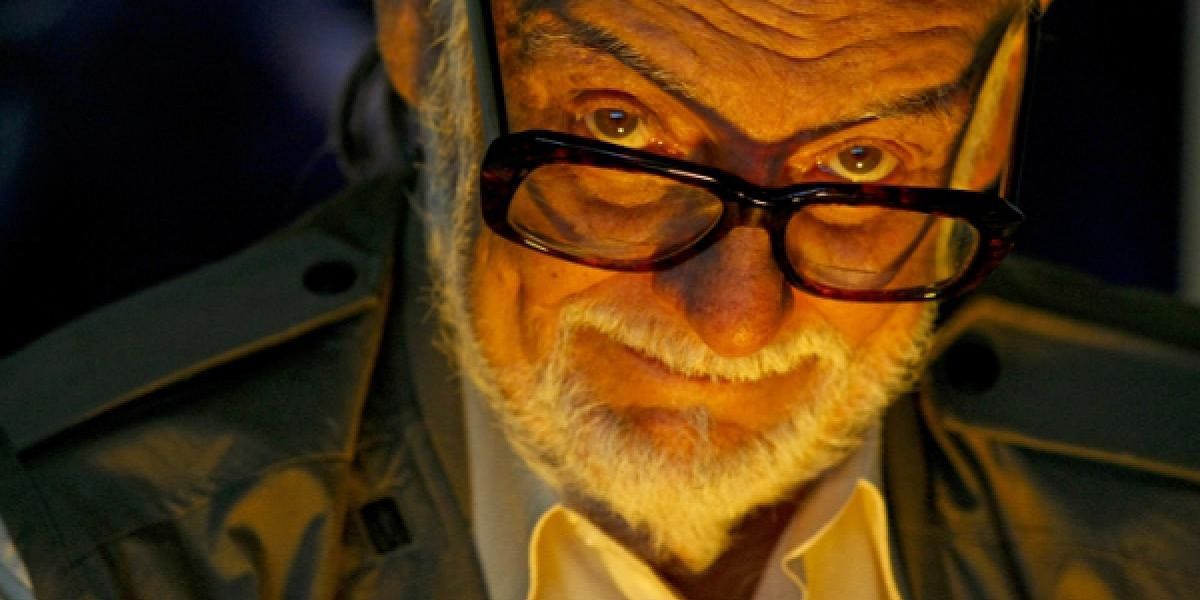The recent news that George A. Romero had passed away after a short battle with lung cancer left both friends and fans devastated. Best known for his iconic Night of the Living Dead and its sequels, Romero also directed Creepshow, Monkey Shines, The Dark Half and a few other films as well. On top of his directing credits, he also served as a writer on additional projects and even appeared as an actor in a few roles. It was the Living Dead films, however, where Romero left his greatest legacy.
Night of the Living Dead and Romero's other works are more than just scary movies. Not only did they contain a significant amount of social commentary, they effectively invented the modern zombie - creating a set of rules that would come to be staples of zombie movies for decades to come. His work was like nothing that the public had seen before, and many horror directors still cite him as a chief inspiration. To honor the memory of George Romero, let's look back on his films and see how he became the father of the modern zombie horror.
What Came Before
Night of the Living Dead is sometimes erroneously referred to as the first zombie movie, but there were other zombie movies that predated it. Depending on how strongly one wanted to argue it, The Mummy (the 1932 film starring Boris Karloff, which inspired multiple sequels and remakes) could be counted as a form of zombie film, since the titular mummy is a member of the walking dead.
Even if you don't count The Mummy (and other raising-the-dead classics like James Whale's Frankenstein), the general consensus is that 1932's White Zombie, based on the book The Magic Island by William Seabrook, was the first zombie movie. Unlike Romero's films, White Zombie (and other early zombie films such as White Zombie's 1936 semi-sequel Revolt of the Zombies, 1941's King of the Zombies, 1944's Voodoo Man and 1957's Voodoo Island), White Zombie used voodoo to turn living people into zombies instead of having the dead come back to life. Even 1964's The Incredible Strange Creatures Who Stopped Living and Became Mixed-Up Zombies, despite its titular promise of the creatures "stopping living" before becoming zombies, saw the affected individuals become zombies through hypnosis instead of an actual return from beyond the grave.
That's not to say that there weren't a few films that featured a more modern take on zombies before the release of Night of the Living Dead in 1968. Zombies of Mora Tau was released in 1957 and featured dead sailors brought back to life by a curse on the diamonds that were in their ship at the time of its shipwreck. Both The Earth Dies Screaming and the notorious Plan 9 from Outer Space featured resurrected zombies in their plots as well, though in both cases it was aliens who brought the dead back to life. Other films made use of mad scientists to resurrect the dead, making individual "zombies" that had transplanted brains or similarities in construction to Frankenstein's monster.
The Dead Shall Rise
While there were obviously some zombie films before Night of the Living Dead, Romero's masterpiece didn't borrow heavily from them. According to Romero himself, one of the biggest inspirations for Night of the Living Dead was Richard Matheson's 1954 novel I Am Legend (which has received three film adaptations of its own). Romero claimed in a DVD commentary that he had written a short story as the basis for the film, which he has admitted at various points (including a 2008 CinemaBlend interview) "ripped off" I Am Legend:
"When I did the first film, I didn’t call them zombies. When I did Night of the Living Dead I called them ghouls, flesh eaters. To me back then, zombies were just those boys in Caribbean doing the wet-work for Bela Lugosi. So I never thought of them as zombies. I thought they were just back from the dead. I ripped off the idea for the first film from a Richard Matheson novel called I Am Legend, which is now back with us after a couple of incarnations prior."
Romero went on to explain how I Am Legend specifically influenced the return of the dead in Night of the Living Dead:
"I thought I Am Legend was about revolution. I said if you’re going to do something about revolution you should start at the beginning. I mean, Richard starts his book with one man left; everybody in the world has become a vampire. I said we got to start at the beginning and tweak it up a little bit. I couldn’t use vampires because he did so I wanted something that would be an earth-shaking change. Something that was forever, something that was really at the heart of it. I said, so what if the dead stop staying dead?"
Of course, Night of the Living Dead wasn't the first incarnation of the film that would eventually reshape the zombie horror genre. Romero's first attempt at making the movie came in the form of a script for a horror-comedy called Monster Flick. Romero wrote Monster Flick with Night of the Living Dead collaborator John Russo, and the script focused on aliens who were raising the dead and using them as a form of food. As Romero and Russo updated the script and fleshed it out into a three-part short story, it eventually morphed from an alien-centric comedy into the film we now know as Night of the Living Dead.
Next Page: [valnet-url-page page=2 paginated=0 text='A%20Change%20in%20Horror%20Movies']
A Change in Horror Movies
Not only did Night of the Living Dead change the zombie from a mindless servant of a curse or voodoo priest into a ravenous creature to be feared, but it also affected the horror genre as a whole. While seen as a horror classic today, the movie was largely panned at the time of its release for being too graphic and too scary for audiences. As hard as it is to imagine in a world where we have things like the Saw franchise the Hostel films, but there was a time when horror movies were largely considered fun little diversions and were screened in Saturday matinees for all audiences. As the MPAA rating system hadn't been rolled out yet, viewers of all ages were able to buy tickets to see Night of the Living Dead at theaters nationwide.
Legendary film reviewer Roger Ebert attended one of these matinee showings and wrote about his experience:
"The kids in the audience were stunned. There was almost complete silence. The movie had stopped being delightfully scary about halfway through, and had become unexpectedly terrifying. There was a little girl across the aisle from me, maybe nine years old, who was sitting very still in her seat and crying... It's hard to remember what sort of effect this movie might have had on you when you were six or seven. But try to remember. At that age, kids take the events on the screen seriously, and they identify fiercely with the hero. When the hero is killed, that's not an unhappy ending but a tragic one: Nobody got out alive. It's just over, that's all."
Other outlets voiced outrage over the film and its contents. Variety went so far as to say that "Until the Supreme Court establishes clear-cut guidelines for the pornography of violence, Night of the Living Dead will serve nicely as an outer-limit definition by example." It called to task the filmmakers, the distributor, the theater owners and the film industry in general. The magazine even questioned the "moral health" of those who went to see the film, and thought that it might lead to the decline of cinema as a whole. Many reviews for the film were of the same vein, focusing on its violence and seeing it as nothing but an "orgy of sadism" and proof of moral decay.
Some reviewers liked the film, however; critic Pauline Kael said that "The film's grainy, banal seriousness works for it" and praised it for being "one of the most gruesomely terrifying movies ever made..." Rex Reed said that "If you want to see what turns a B movie into a classic... don't miss Night of the Living Dead. It is unthinkable for anyone seriously interested in horror movies not to see it." Even Ebert, who had criticized the film's release and the effect it had on children, stated that he "admires the movie itself."
If not for Romero and Night of the Living Dead, it's possible that some of the classic horror films we've enjoyed in the decades since might never have been made... or if they were, they might not exist in the forms we now know and love. Night of the Living Dead shocked filmgoers, but it also showed aspiring filmmakers that it was possible to create real horror on the screen and not just feature monsters in rubber suits and hypnotized "zombies" doing their master's bidding.
The Horrors of Man
In addition to showing the living dead as a horrific force to be reckoned with, Romero excelled at incorporating social commentary in his films. One of the big shocks in Night of the Living Dead comes at the end, where Ben is shot by a local posse after surviving the harrowing night when the dead were rising. Though some could argue that the shooting was accidental and that Ben was simply mistaken for one of the ghouls, a lot of people draw significance from the fact that Ben was a black man in the 1960s and that the shooter might have been more careful if the survivor had been white.
After shining a light on racism in the 1960s, Romero's follow-up films commented on what he saw as some of the major problems of the eras in which they were filmed. Dawn of the Dead took place in a shopping mall, using the zombies fighting to get into the mall and walking around aimlessly once inside as commentary on the wave of consumerism that was sweeping the nation in the 1970s. Day of the Dead shifted the focus to the military-industrial complex of the 80s, with the dead overrunning the earth and a military scientist performing research on the animated corpses. Even Land of the Dead, which many thought to be tonally different than the films that came before, uses the world of the undead to comment on the wealth gap and the haves-and-have-nots of the 2000s.
Romero went on to blame his desire for social commentary in his films as the reason why it was difficult to get studios to sign on for additional movies in the series. He saw this as part of the genre's decline, with studios preferring action-based movies such as World War Z over slower (and possibly deeper) classic horror. This is in large part why he shifted back to smaller-budget movies after Land of the Dead, directing two additional films in the series and writing scripts for additional movies as well.
Romero's Legacy
George Romero influenced countless filmmakers, writers and other artists. Without Romero, The Walking Dead would not exist. The slasher genre that was so prevalent in the 70s and 80s was heavily influenced by Romero's work, so it's possible that we might not have Jason or Freddy or even Leatherface and Michael Meyers. The 2004 Dawn of the Dead remake was Zach Snyder's feature film debut, so without Romero we might not have 300, Watchmen or the current DC Extended Universe. Edgar Wright was influenced by Romero, with Shawn of the Dead being one of his breakout hits. Romero was a big influence for Seth Grahame-Smith as well, so without Romero there might have been no Pride and Prejudice and Zombies (the book) and no Lego Batman Movie. Countless more artist cite Romero as an influence, and without him and Night of the Living Dead there's no telling how different modern entertainment would be.
Perhaps Romero's greatest legacy, however, are the legions of fans he leaves behind. Millions mourned his passing, and they will keep his legacy alive as they take his films and the works of those he inspired and share them with others. By showing the world how to fear the dead, a part of George Romero will never die.

